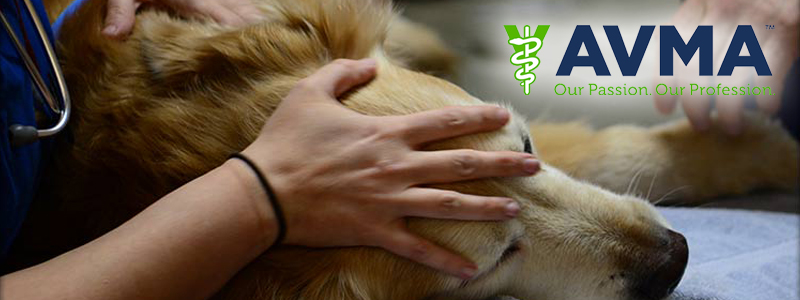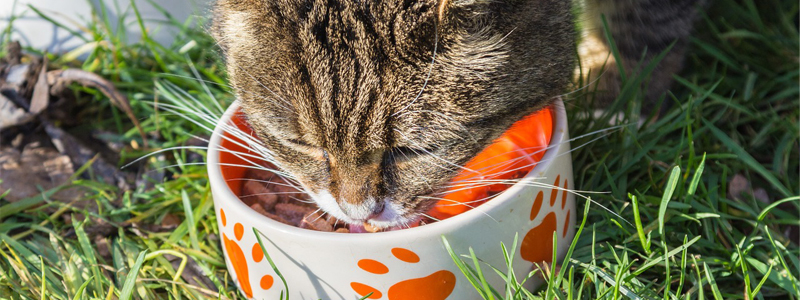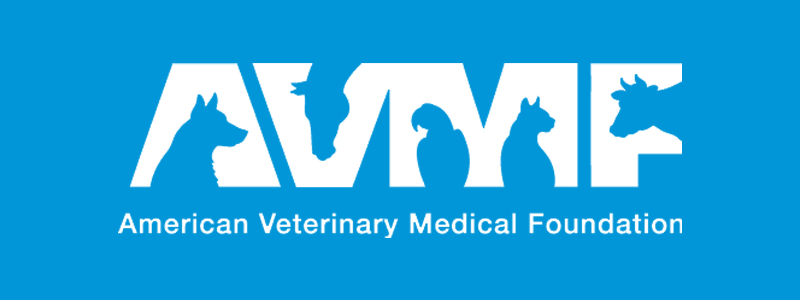BY: SAMANTHA BARTLETT, DVM
The AVMA is planning an interim update to the Guidelines for the Euthanasia of Animals. This update includes updates to specific methods such as CO2 in the euthanasia of aquatic species, and captive bolt positioning and direction for food animals. There are also proposed changes for how some techniques are categorized and conditions for use. The AVMA first convened their Panel on Euthanasia in 1963. Since then, the specificity and scope has broadened and is often recognized as legal standard for the profession.
This will be the 9th update to the guidelines and is scheduled for release in 2019. An early overview of proposed changes was presented at the 2018 Humane Endings Symposium this past November. The updates include revised flow rates of carbon dioxide when euthanizing laboratory rodents, categorization of pre-filled gas chambers as suitable for poultry and guidance on other methods of euthanasia when landfills do not allow carcasses containing pentobarbital. Other changes involve euthanasia of neonatal goats and avian eggs.
During the drafting of the 2013 revision, the panel decided to create separate documents for slaughter and depopulation in addition to the existing guidelines on euthanasia. The Guidelines for Depopulation are still undergoing preparation. While recognizing that depopulation is often done on an emergency large scale basis, practitioners and the public benefit from performing these procedures as humanely as possible. New guidelines seek to help with techniques and planning to provide the best end of life possible in depopulation scenarios.
The AVMA has also developed resources to help veterinarians in handling animal remains and disposing of them in a safe manner. This responsibility also extends to protection of people, animals and the environment from drugs used during euthanasia and spread of disease through inappropriate disposal of remains.
Finally, the new guidelines seek to factor in the impact on humans involved in euthanasia from practitioner to pet owner. The focus on the mental health of practitioners seeks to encourage dialogue between members of support networks and to help redirect veterinary students’ perspective of death from a failure of medicine to something that comes at the right time for the right reason.
More information on the guidelines and resources currently available can be accessed at https://www.avma.org/kb/resources/reference/animalwelfare/pages/animal-welfare-humane-endings.aspx.











